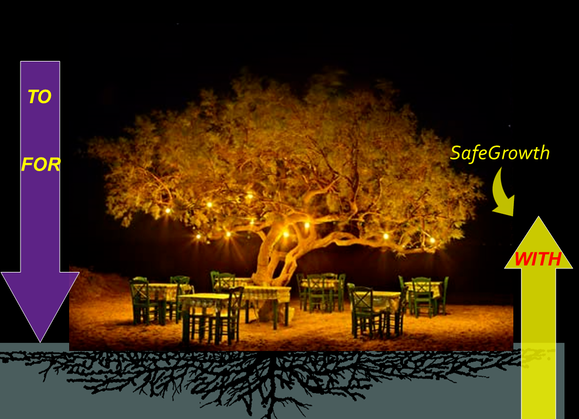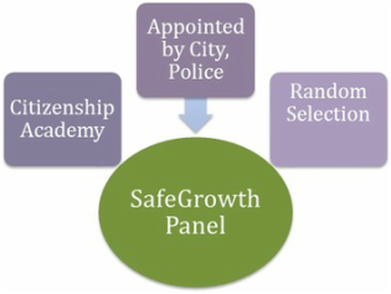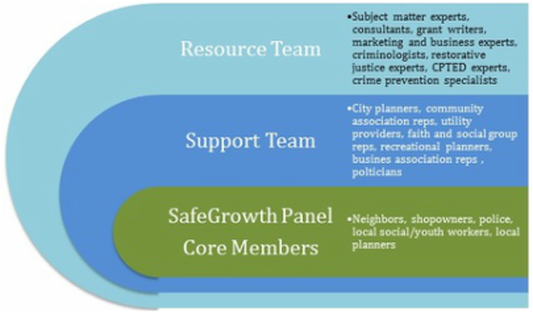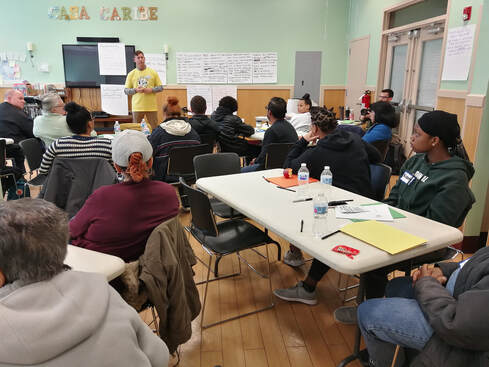Method and Philosophy
|
SafeGrowth® is a philosophy built on the belief that healthy and functioning small neighborhoods provide the most sane, healthy, and safest way to build cities in the 21st Century. It is based on the premise that crime is best tackled within small neighborhoods by harnessing the creative energy of functioning neighborhood groups, by employing the latest crime prevention methods, and by adopting an annual SafeGrowth Plan to control, and mitigate, crime and fear.
Unlike programs like CPTED, which are typically run by crime prevention practitioners or the police to or for a community, the SafeGrowth method seeks to embed the skills of tactics like CPTED, among others, within the community by working directly with neighborhood associations, groups, and local change agents. Many of the programs will also be initiated and implemented by the members of community themselves, which is why we sometimes refer to this principle as the TO-FOR-WITH-BY principle. This approach ensures higher levels of neighborhood social cohesion which in turn helps sustain community-building and crime prevention strategies in the long-term. The methods of SafeGrowth include training programs, and establishing local, democratic, non-profits. It also builds or enhances existing networks between city services like police and neighborhood groups using social and electronic and networking tools. |
The TO-FOR-WITH is the underlying principle of SafeGrowth® philosophy.
|
|
SafeGrowth® Panels
Once the SafeGrowth neighborhood teams complete SafeGrowth training they establish SafeGrowth Panels. Neighborhood Panels begin the process by learning how to diagnose and respond to problems.
The composition of each SafeGrowth Panel comprises three different layers represented by a core group of up to 8 participants (Core Members), a Support Team of up to 20 professionals such as police, and a Resource Team from the wider community and beyond such as government officials (see diagram below).
|
Livability Academy
To ensure sustainability of the initiative and ongoing pool of neighborhood leaders, ideally, each year the municipality will sponsor a series of free Citizenship Academies, sometimes called Community Livability Academies, comprising a few hours of presentations and workshop one night a week.
Topics of workshops include civic affairs, community leadership training, community organizing, project management, CPTED and the SafeGrowth method, and others. The Academy typically runs eight weeks after which graduates are asked to sit on SafeGrowth Panels in their neighborhood. At the core of all successful and thriving cities are livable, vibrant and safe neighborhoods.
|




